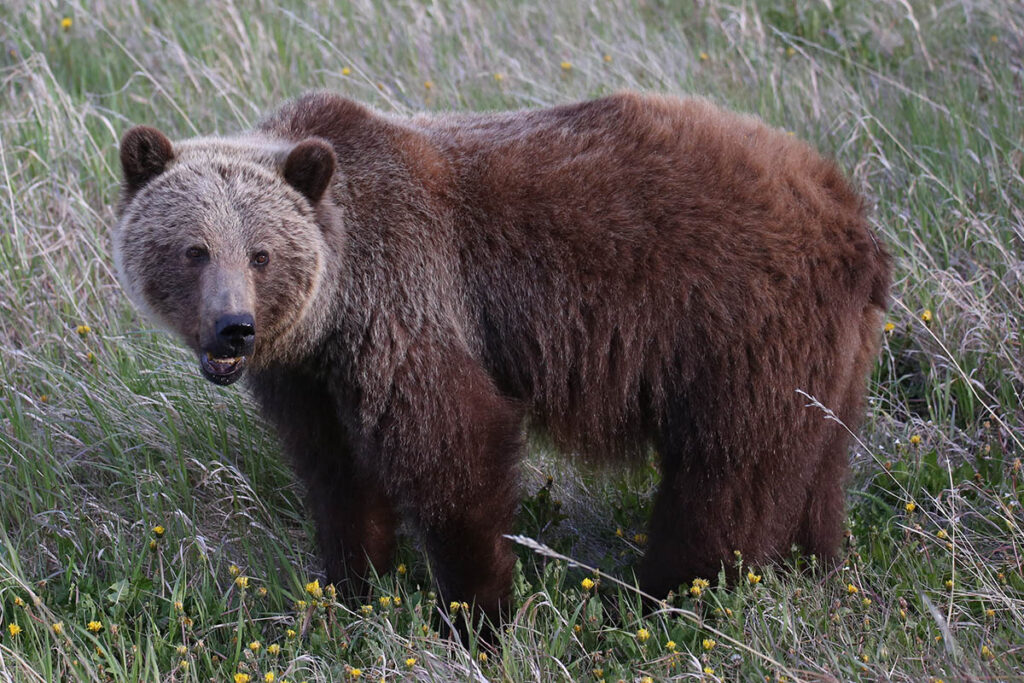Mount Assiniboine Nature Guide

Mount Assiniboine
The Mount Assiniboine Nature Guide describes the geology, plants, and animals of Mount Assiniboine Provincial Park in the Canadian Rockies.
Created in 1922, British Columbia’s Mount Assiniboine Provincial Park is a 390-square-km reserve bounded on the east by the Great Divide and Banff National Park, on the west by Kootenay National Park, and on the south by forest lands. The park’s focal point is Mount Assiniboine (3,618 metres)—the highest Canadian Rockies peak south of the Columbia Icefield—which soars above nearby peaks and is visible for many kilometres in all directions. It is distinctive not only for its height but for its pyramid shape, which resembles Switzerland’s Matterhorn (it is often referred to as “the Matterhorn of the Rockies”).
The peak is named for the Assiniboine people, who ventured into this section of the Canadian Rockies many thousands of years before European exploration. The name Assiniboine means “stone boilers,” a reference to their preferred cooking method. The mountain was sighted and named by a geological survey team in 1885, but the first ascent wasn’t made until 1901.
While wilderness trails traverse remote valleys in the northern two-thirds of Mount Assiniboine Provincial Park, most visitation is centred on Lake Magog at the base of Mount Assiniboine. Lake Magog lies in a basin at 2,165 metres above sea level directly beneath the mountain’s north face, and a vast meadowland scattered with stands of alpine fir and larch extends north and east from its shores.
Mount Assiniboine Wildlife
The most common large mammals that we’ve seen on our many trips into Mount Assiniboine Provincial Park are mule deer and grizzly bears, with deer often seen around the Naiset Huts and grizzly bears in as varied locations as along the shoreline of Lake Magog and the trail to Og Lake. Other wildlife present includes black, black bears, moose, mountain goats and bighorn sheep. Smaller mammals include Columbian and golden-mantled ground squirrels, chipmunks, marmots, and pika. Wolverines, are present but rarely seen.
Over 90 species of birds have been reported in Mount Assiniboine Provincial Park. On our most recent trip, we watched bald eagles at Lake Magog’s inlet feasting on spawning trout. More common species include hawks, grey jays, Clark’s nutcrackers, white-tailed ptarmigans, grosbeaks, rosy finches, and sparrows.

Grizzly bear along Og Lake Trail.
